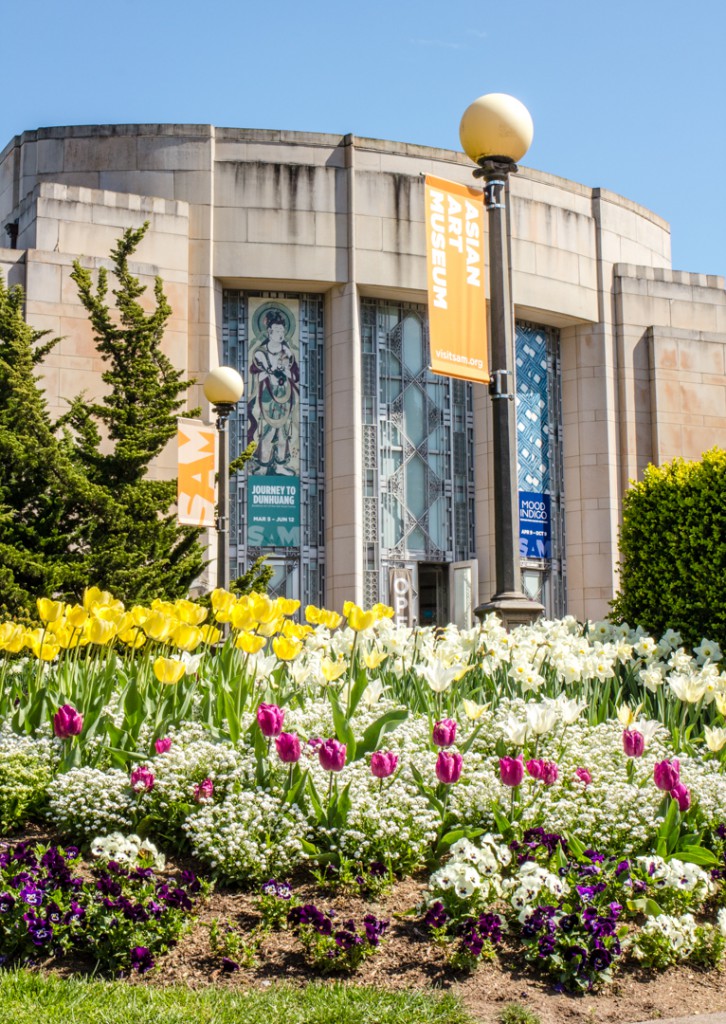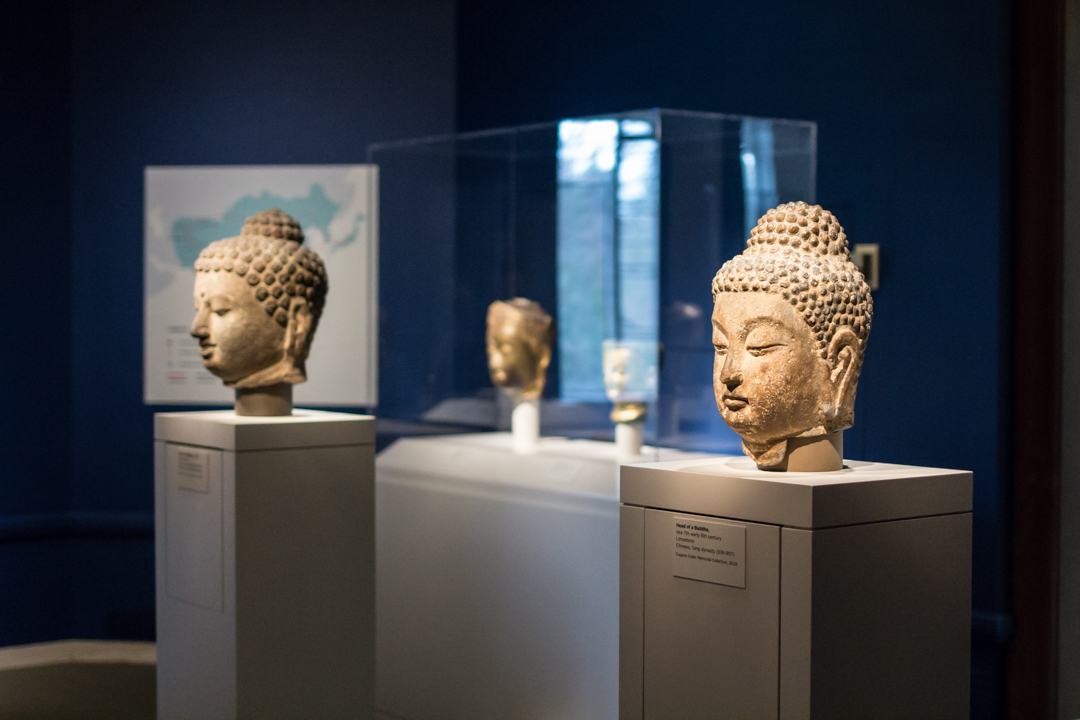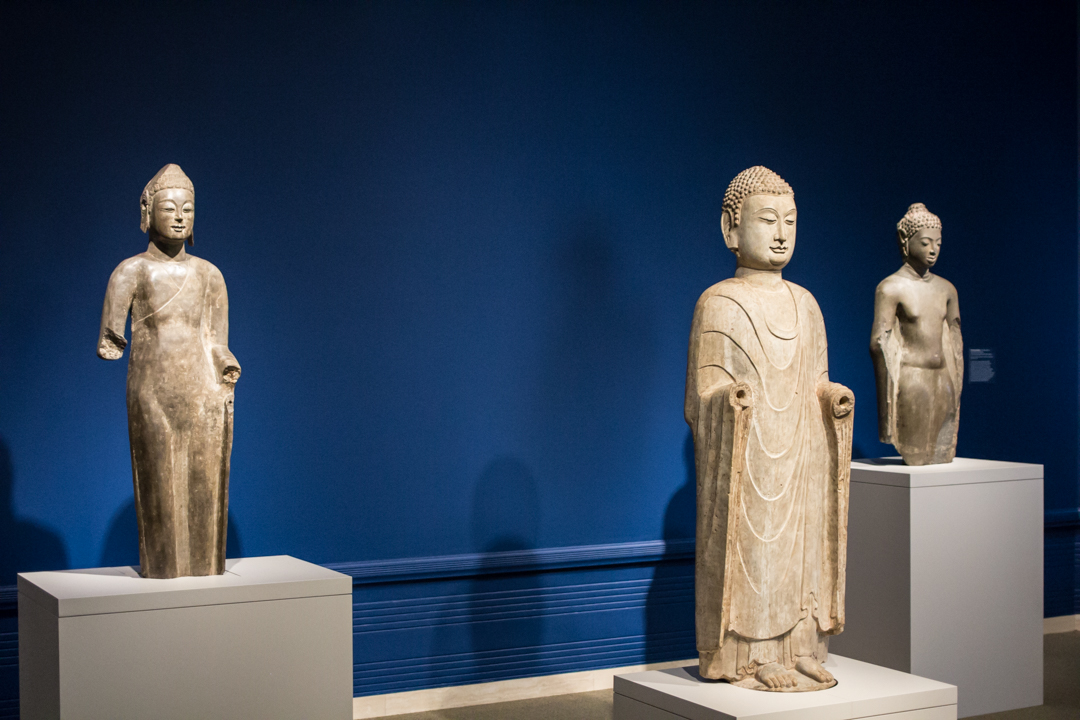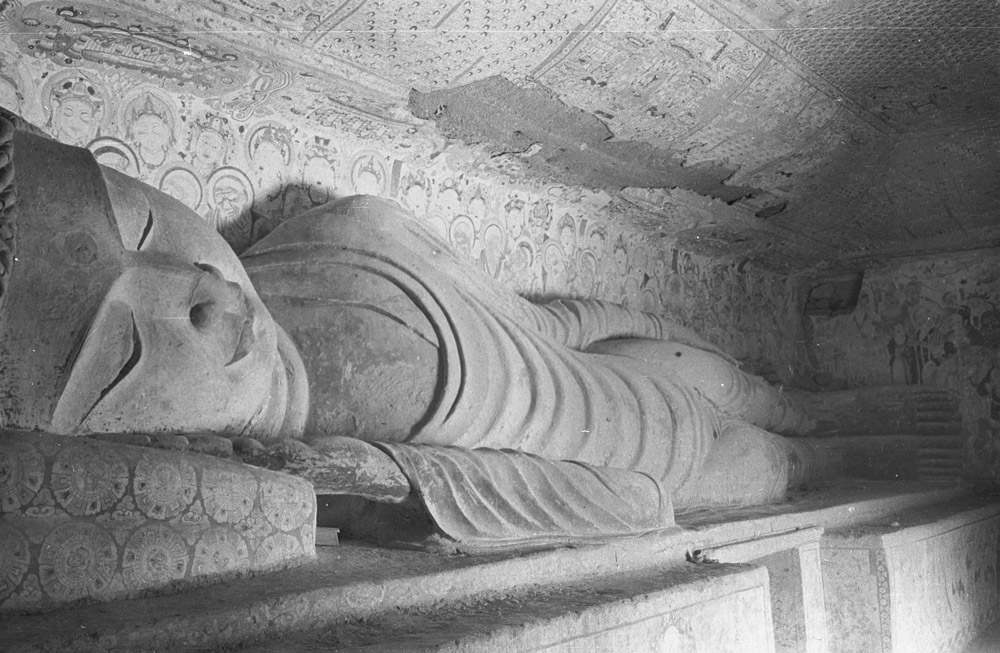Object of the Week: Buddha
Celebrations of spring are happening all around us. It’s opening week for baseball and Masters Tournament time in golf. Here in Seattle, the sun is shining, the flowers are blooming, and all of a sudden it’s like we live in a populous city. You never have a sense for how many people live (and vacation) here until the sun comes out!

Flowers bloomin’ outside of the Asian Art Museum
As wonderful and anticipated as these developments are, today we’re focused on another springtime celebration: It’s Buddha’s birthday!
To be precise, it’s Buddha’s birthday in the Japanese tradition; the same event is remembered on various dates in spring across the world. Many Asian countries commemorate Buddha’s birth on the first full moon of the 4th month in the Chinese lunar calendar (which falls in May). Japan adopted the Gregorian, or Western, calendar in the 19th century and moved its celebration of Buddha’s birthday up to April 8, about a month earlier.
Thankfully for both our regular visitors and out-of-towners, we have a bevy of fine Buddhist art at the Asian Art Museum to help everyone celebrate appropriately. The new installation Awakened Ones: Buddhas of Asia highlights some of the finest representations of Buddha in the museum’s collection, including this stunning wood sculpture coated with gold lacquer. Called an Amida Buddha for its symbolic form, the figure was crafted during the late Heian period (794-1185) in Japan. Its maker used the yosegi-tsukuri technique, carving wood blocks, hollowing them out, and then assembling them together. The Buddha strikes a meditative pose that exudes total peace.

In Japanese Buddhist traditions special connections exist between Buddha and the flower that make celebrating him in the springtime especially appropriate. Hana-Matsuri, the Floral Festival, is a memorial service performed at temples throughout Japan on Buddha’s birthday. Those who make pilgrimages to the temples bring offerings of fresh spring flowers and libations of tea. For its original installation in a Kyoto temple, this Buddha sculpture would have been seated on a lotus pedestal.

The company he keeps in Awakened Ones, where he is surrounded by sculptures and paintings from China, India, Korea, Nepal, and Pakistan, leaves one with a sense for the wide reach of Buddhist teachings and the many ways Buddha is pictured and remembered.
—Jeffrey Carlson, SAM Collections Coordinator


